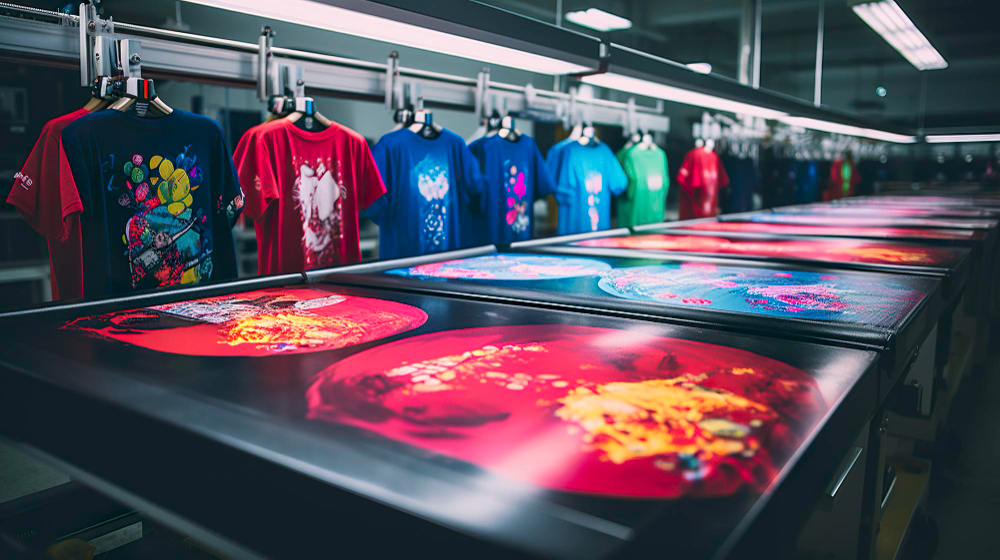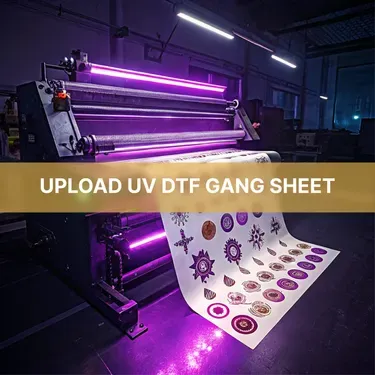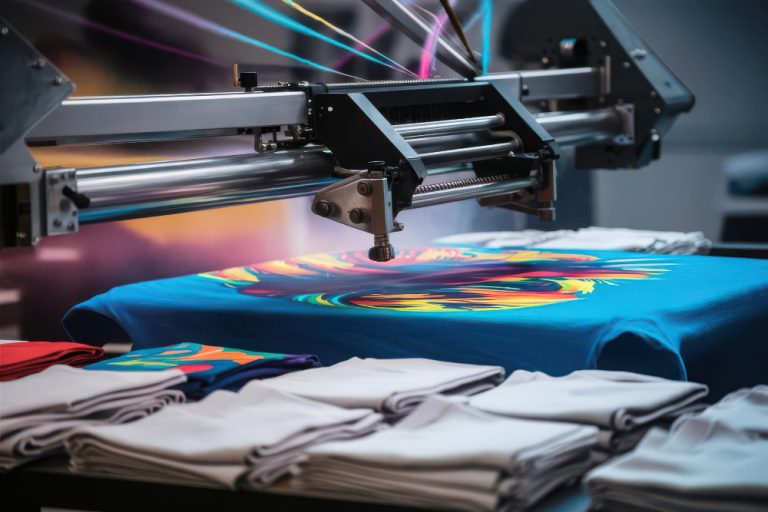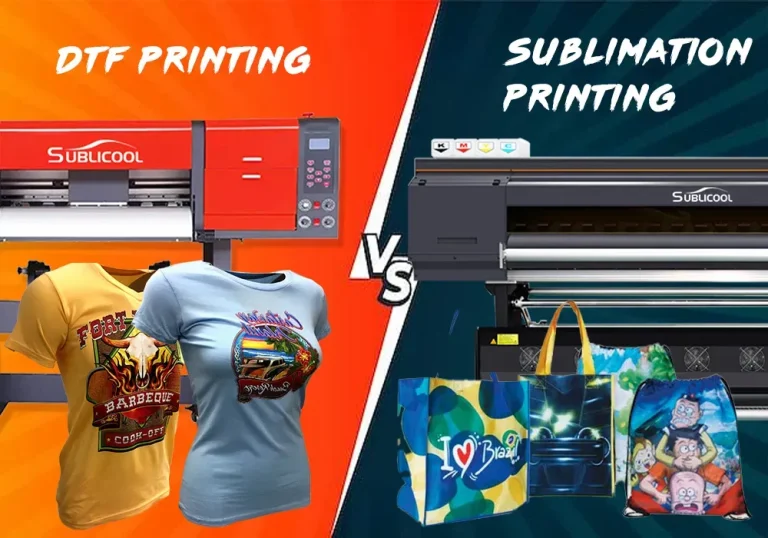UV DTF printing is revolutionizing the way we think about modern printing methods. This innovative technique combines the vibrancy and durability of UV technology with the flexibility of direct-to-film processes, setting it apart from traditional printing options. With the power to deliver stunning print quality on a variety of surfaces, UV DTF printing is fast becoming a preferred choice for businesses and creatives alike. Not only does it offer cost efficiency for small to medium-sized projects, but it also aligns with the growing demand for sustainable printing practices. As we explore the strengths of UV DTF printing over conventional methods, you’ll discover why this technology is not just a trend, but a game-changer in the industry.
Also known as ultraviolet direct-to-film printing, UV DTF printing harnesses the power of UV light to cure inks, resulting in exceptional color vibrancy and longevity. This modern printing approach stands in contrast to established methods like screen printing and lithography, which have long dominated the market. UV DTF printing is celebrated for its applicability across diverse substrates and its ability to produce high-quality prints with minimal waste, making it a sustainable alternative. While traditional printing is often lauded for its reliability and lower costs in bulk production, the unique advantages of this innovative technique position it as a competitive player in the printing landscape. Understanding these varied printing methods is crucial for businesses seeking to enhance their product offerings and environmental responsibility.
The Evolution of Printing Technologies
Over the past few decades, the landscape of printing technologies has evolved significantly, reflecting advancements in technology and changes in consumer needs. Traditional printing methods, such as screen printing and offset printing, have been foundational in the industry, offering reliable results and a history of innovation. However, as demands for higher quality and more efficient processes have increased, newer methods have emerged. One such innovation is UV DTF (Digital Transfer Film) printing, which represents a substantial leap forward in print quality and versatility. As businesses seek more than just cost-effective solutions, the industry’s shift towards such advanced technologies becomes increasingly apparent.
The evolution from traditional to modern printing signifies more than improved techniques; it also showcases a broader push towards sustainability and customization. As consumers grow more aware of environmental impacts, printing methods like UV DTF, which employs water-based inks and reduces waste, gain traction. Industries that require both high-quality prints and eco-friendly practices are more likely to adopt these modern techniques, setting a new standard in the printing world.
Frequently Asked Questions
What is UV DTF printing and how does it compare to traditional printing methods?
UV DTF printing stands for UV Digital Transfer Film printing, a modern technique using UV light to cure inks, resulting in vibrant colors and exceptional durability. In contrast to traditional printing methods such as screen and offset printing, UV DTF excels in print quality and versatility, allowing for printing on a wider range of substrates.
How does print quality in UV DTF printing differ from that of traditional printing?
UV DTF printing offers superior print quality due to its curing process, which strengthens the ink’s bond to various surfaces, leading to vivid color reproduction and fine details. Traditional printing methods, while capable of producing quality results, may struggle with consistency and vibrancy, especially in lower volume runs.
Is UV DTF printing cost-effective compared to traditional printing techniques?
Though the initial investment for UV DTF printing equipment can be higher, it typically proves cost-effective for small to medium-sized print runs due to reduced waste and the elimination of additional processes. Traditional printing, while often cheaper for bulk orders, can incur higher costs for smaller jobs due to setup times and material waste.
What are the environmental impacts of UV DTF printing versus traditional printing methods?
UV DTF printing tends to have a lower environmental footprint, primarily due to the use of water-based inks and the absence of harmful solvents. In contrast, traditional printing methods commonly involve volatile organic compounds (VOCs), which can adversely affect the environment, although there is a growing trend towards more sustainable practices in traditional printing.
What types of applications benefit most from UV DTF printing compared to traditional printing?
UV DTF printing is highly versatile, making it ideal for custom products, promotional items, and unique designs on various substrates like plastic, glass, and metal. Traditional printing methods are often more suited for established products like apparel where high-volume production takes precedence.
How does the durability of UV DTF prints compare to that from traditional printing?
UV DTF prints are known for their durability, resisting fading and scratching due to the strong ink-substrate bond created during the curing process. While traditional printing can produce durable prints, variability in ink and substrate quality may compromise longevity when compared directly to UV DTF.
| Factor | UV DTF Printing | Traditional Printing |
|---|---|---|
| Print Quality and Durability | Exceptional color vibrancy and durability; less susceptible to fading and scratching. | Good quality but may lack the same consistency in detail and vibrancy, especially in lower volumes. |
| Cost Efficiency | Higher upfront costs but cost-effective for small to medium runs due to less waste. | More affordable for large-scale productions, but short runs can become costly. |
| Versatility and Application | Can print on diverse surfaces, ideal for custom orders and niche markets. | Typically used for established methods like apparel; best for high-volume applications. |
| Environmental Considerations | Reduced environmental impact with water-based inks, eco-friendly. | Often relies on harmful solvents, though there are efforts for sustainability. |
Summary
UV DTF printing represents a revolutionary approach to modern printing techniques, offering unique advantages in quality, versatility, and eco-friendliness. With its ability to produce vibrant and durable prints on various materials, UV DTF has become a go-to solution for businesses and consumers aiming for high-quality outputs. In contrast, traditional printing methods still hold value, especially for high-volume production where budget efficiency is crucial. Choosing the right method depends on individual project specifications, emphasizing the importance of evaluating your specific printing needs to determine the best approach.







